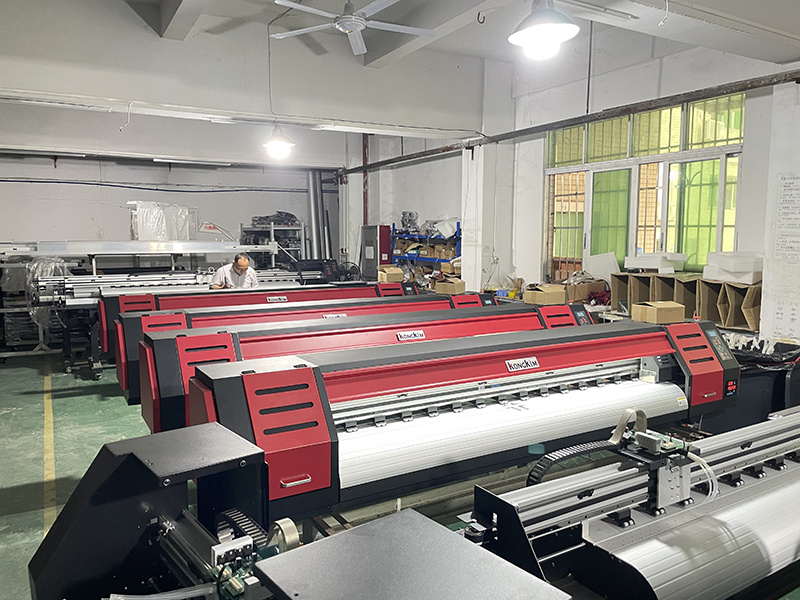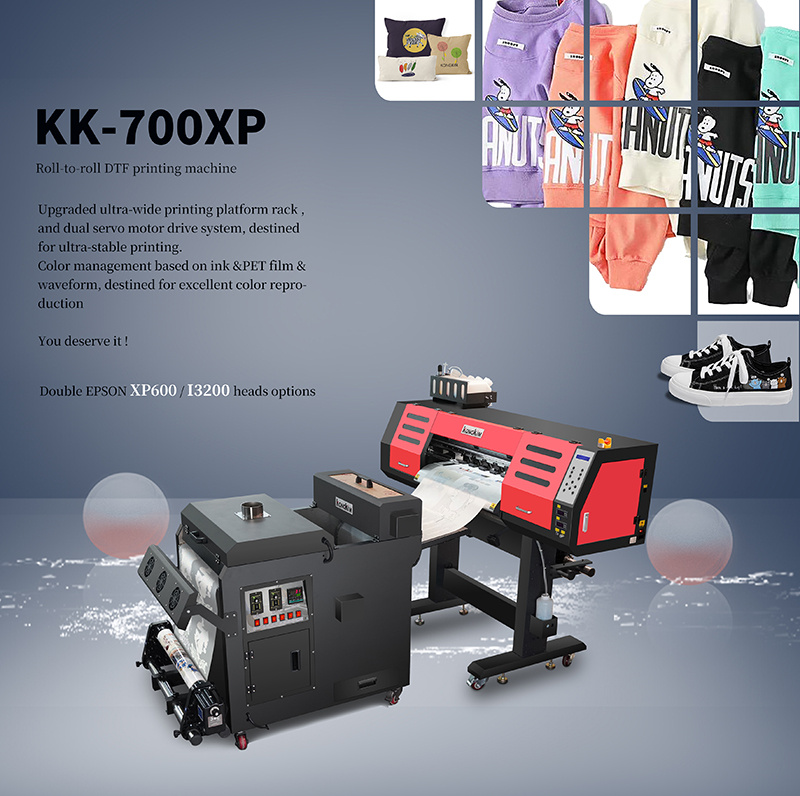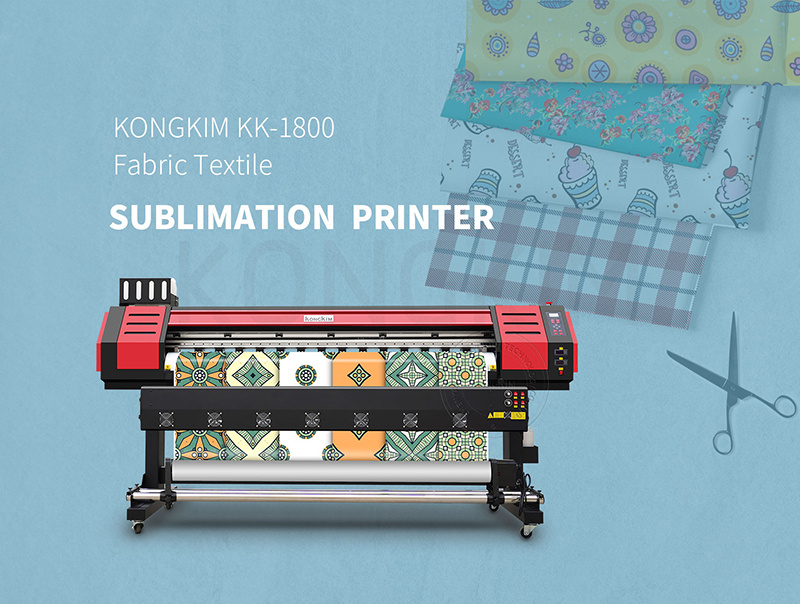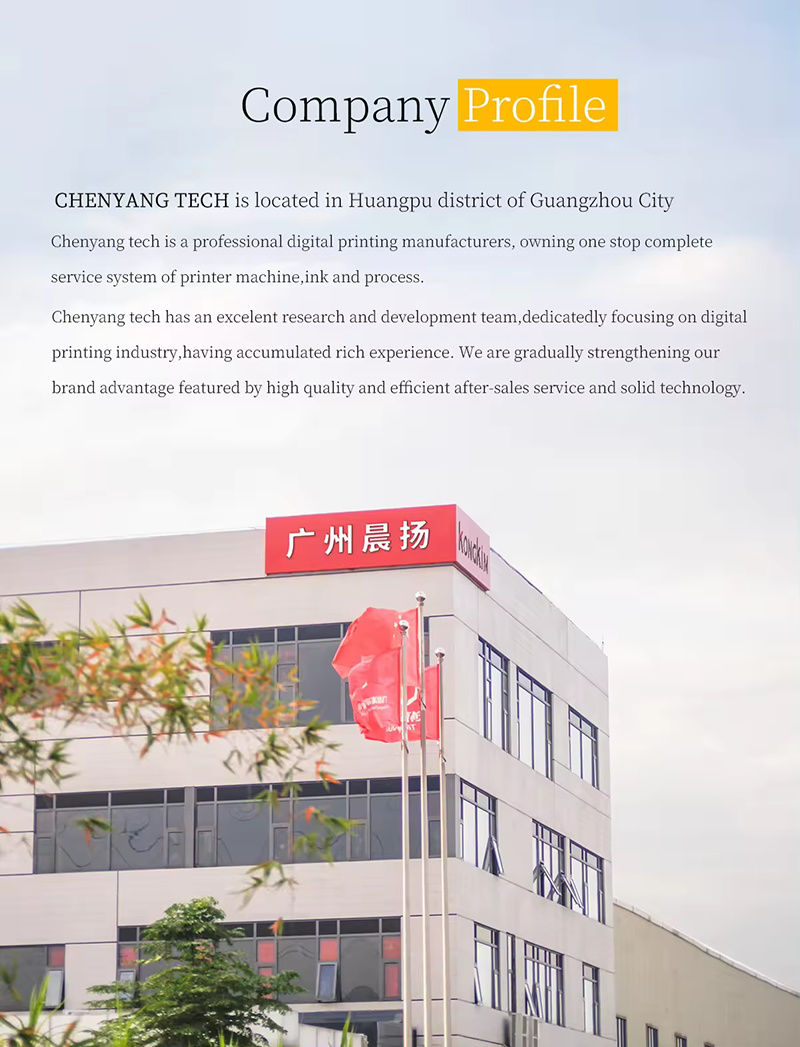Key Differences Between Sublimation and DTF Printing

Application Process
DTF printing involves transferring onto a film and then applying it to the fabric with heat and pressure. It offers more stability in transfers and the ability to store them long-term.
Sublimation printing transfers from paper (after printed by sublimation ink) to fabric by heat press machine or roll heater. This results in consistent color blooms and vibrant prints.
Fabric Compatibility
DTF printing is versatile and can be applied to a wide range of fabrics, making it suitable for various projects, we also call it as printers for shirts.
Sublimation printing works best on polyester and polymer-coated substrates, making it ideal for sportswear ( jersey printing machine ) and personalized items.
Color Vibrancy
DTF printing offers vibrant results on all fabric color.
Sublimation works best on white or light-colored fabrics, there is no white sublimation ink printing
Durability
DTF prints are durable and can withstand wear and tear, with transfers that resist fading and maintain clarity over time.
Sublimation prints are highly durable, especially on polyester, due to the gas-to-solid transformation of ink particles ensuring designs printing on polyester fabric.
Is DTF Better Than Sublimation?
The choice between sublimation and DTF printing depends on your specific printing needs and preferences. Both methods have their own advantages and limitations:
DTF Printing
Allows for printing on a wider range of fabrics, including cotton, polyester, and blends. Like a printer for cups and shirts.
Offers greater detail and resolution for intricate designs.
Can achieve a more textured finish compared to sublimation.
Allows for white ink printing on dark fabrics.

Sublimation Printing
Our company keep manufacturing professional sublimation printer
Produces vibrant and long-lasting colors, especially on polyester-based fabrics (polyester printing machine).
More environmentally friendly, as it produces minimal waste and does not require water or solvents.
Easy to use and ideal for printing on items like apparel, mugs, and promotional products.
Suitable for high-volume production and mass customization.

Conclusion
In essence, printer users and boss should carefully evaluate their specific requirements when choosing between DTF and sublimation printing methods. The decision should be based on factors such as application flexibility, fabric compatibility, color options, and durability considerations. All in all, both techniques offer valuable solutions for creating vibrant and durable prints on various fabrics, contributing to the ever-evolving landscape of textile decoration.

Post time: May-15-2024




